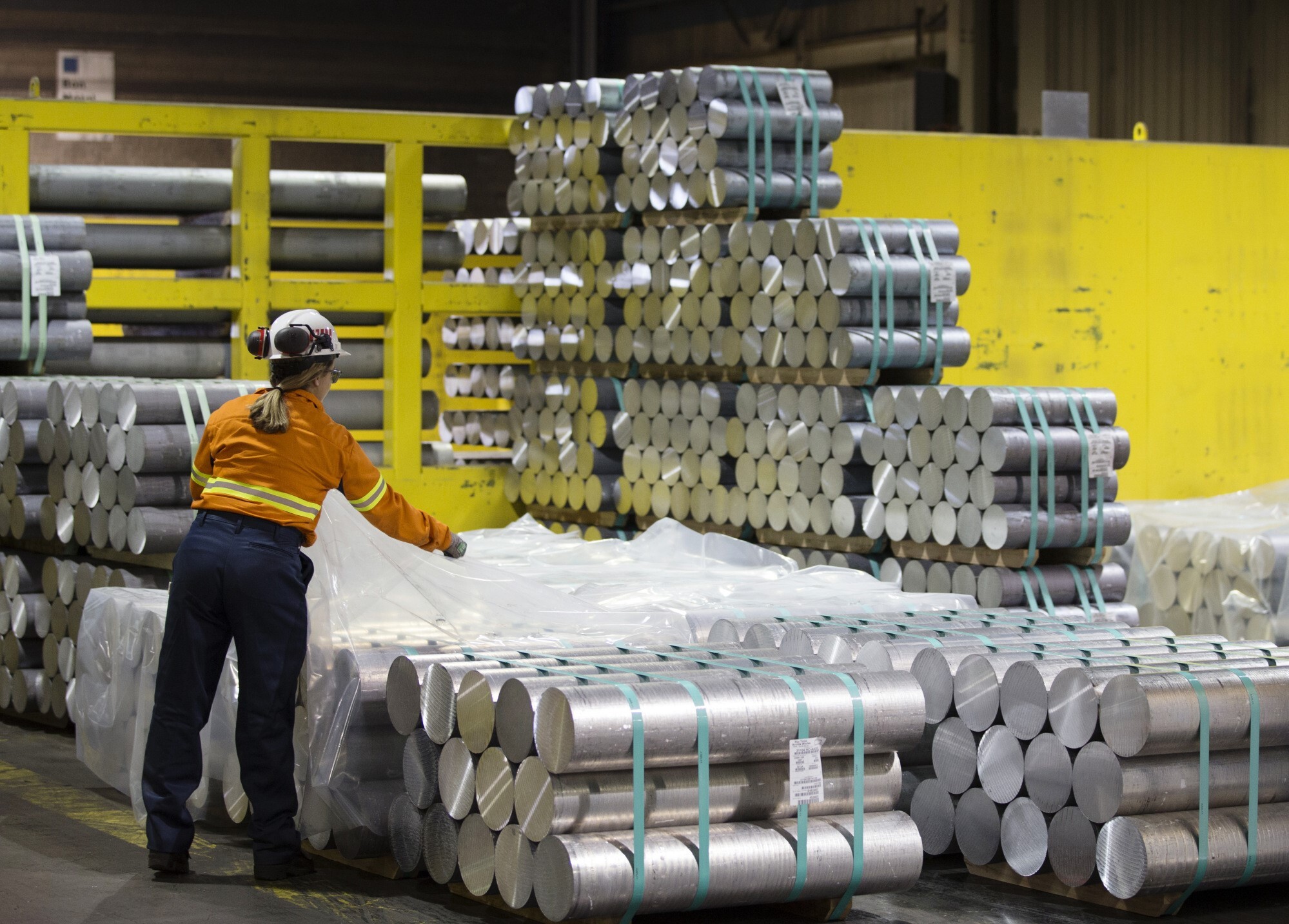

On July 16, 2024, Rio Tinto announced its second-quarter production results, indicating growth in its aluminium and bauxite operations. According to Rio's quarterly report, aluminium production in Q2 stood at 824,000 tonnes, experiencing a 1 per cent growth Y-o-Y, owing to stable performance at all its smelters during the period.

The steady sequential growth in Q2 aluminium production led to a 3 per cent rise in Rio's total aluminium output in six months, reaching 1.65 million tonnes.
In Q2, ended June 30, Rio Tinto announced that its New Zealand Aluminium Smelters (NZAS) secured a 20-year power contract for the Tiwai Point Aluminium Smelter to enable it to continue producing high-purity, low-carbon metal, backed by renewable electricity. This arrangement is expected to further boost Rio Tinto's aluminium output in the future.
Rio Tinto's bauxite production also increased in the second quarter of the year, coming in at 14.7 million tonnes, up 9 per cent Y-o-Y and 10 per cent Q-o-Q. In H1, the bauxite output was 28.1 million tonnes, reflecting an increase of 10 per cent from the previous year. The growth demonstrates the implementation of the Safe Production System (SPS), especially at Weipa, where Rio Tinto achieved higher plant utilisation and feed rates. As a result, Rio Tinto expects its full-year bauxite production to reach 53 to 56 million tonnes.
However, alumina production in Q2 decreased 10 per cent Y-o-Y to stand at 1.7 million tonnes due to the continuing impacts on Gladstone operations from the breakage of the third-party-operated Queensland gas pipeline in March. Consequently, Rio Tinto reduced its full-year alumina production guidance to 7 million tonnes from 7.3 million tonnes. Rio expects its gas supply from the pipeline to return to normal by the end of 2024.
Rio Tinto also reported in its Q2 report that its all-injury frequency rate was 0.32, significantly improving from 0.37 in Q1 and 0.38 in Q2 2023.



Responses






